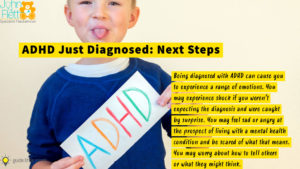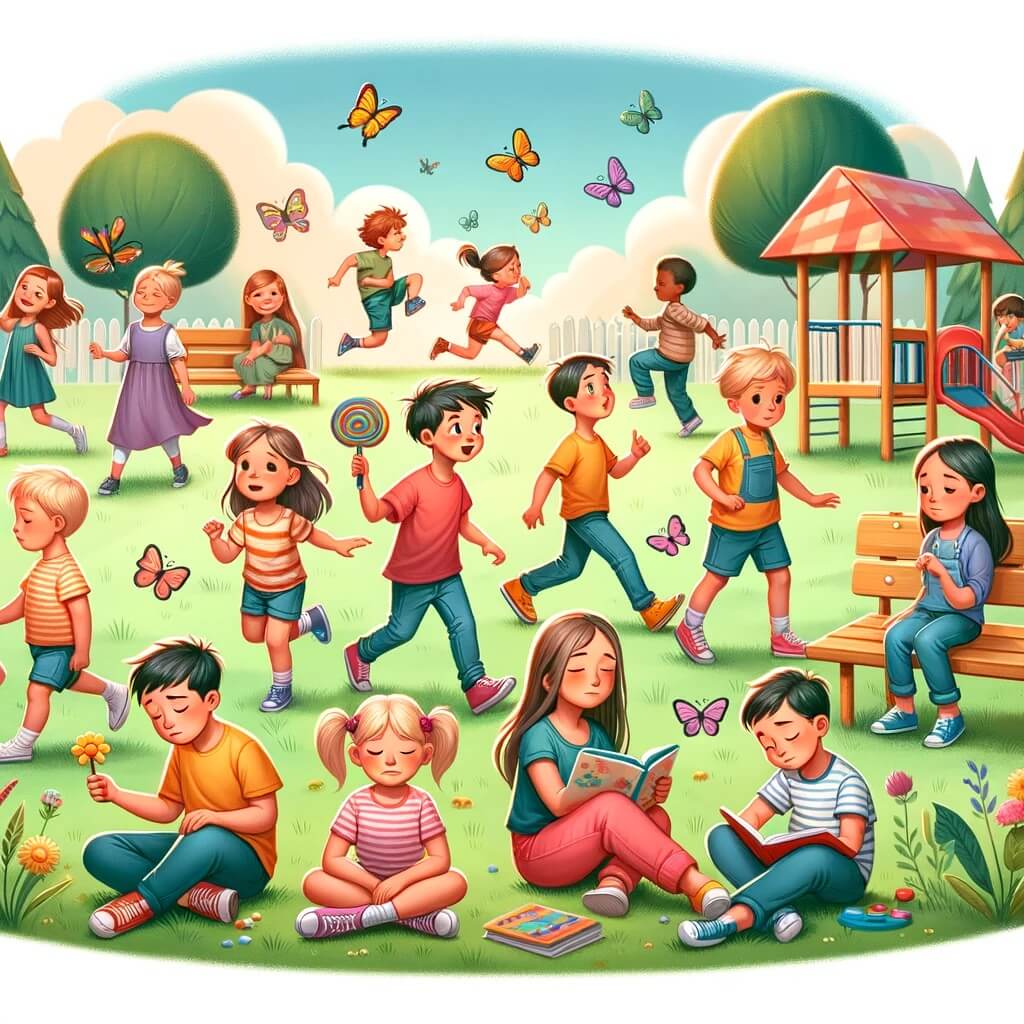The Nature of Childhood Misbehavior
Why do children misbehave?
Understanding children’s behaviour, especially those with Attention Deficit Hyperactivity Disorder (ADHD), can often be a challenging journey for parents. At the heart of navigating this journey is recognising that misbehaviour in children, particularly in those with ADHD, is not usually deliberate or malicious. This article sheds light on the reasons behind such behaviours, offering logic and analogies to help parents understand and empathise with their children’s experiences.
The Nature of Childhood Misbehavior
Children are naturally curious and energetic beings constantly learning about the world around them. Their behaviour, which might sometimes be seen as naughty or disobedient, is often their way of exploring their environment, testing boundaries, and expressing their needs or emotions. Parents need to recognise that most children do not act out with the intent to cause trouble but rather as a part of their developmental process.
Understanding ADHD in Children
ADHD is a neurodevelopmental disorder that affects a child’s ability to control impulses, stay focused, and remain still. Children with ADHD experience the world differently due to differences in their brain development and activity that influence their attention, impulsivity, and activity levels. These differences can make traditional expectations of behaviour more challenging for them.
Impulsivity and ADHD
One of the hallmark traits of ADHD is impulsivity. Children with ADHD may act without thinking about the consequences of their actions, leading to behaviour that seems reckless or disobedient. An analogy to help understand this is to think of their impulsivity as a car with faulty brakes. Just as a car that cannot stop or slow down when needed, a child with ADHD may find it exceedingly challenging to pause and consider the outcome of their actions before acting.
Hyperactivity and ADHD
Another characteristic of ADHD is hyperactivity, which can manifest as constant movement, fidgeting, or talking. Imagine a wind-up toy that has been overwound and continuously moves. Like the toy, children with ADHD often feel an internal restlessness that they cannot easily control, leading them to be in constant motion.
Attention Difficulties and ADHD
Children with ADHD often struggle with maintaining attention on tasks that do not interest them, leading to behaviours that may be perceived as ignoring instructions or failing to complete tasks. It’s akin to trying to listen to a radio station that keeps fading in and out; despite their best efforts, they can’t consistently tune into the task at hand.
It’s Not About Being Naughty
Understanding that misbehaviour is not a sign of a child being ‘naughty’ or ‘malicious’ is crucial. Children with ADHD are not misbehaving to defy authority or cause distress deliberately. Their actions are often the result of the challenges posed by their ADHD. They might be trying to communicate their frustrations, overstimulation, or the inability to meet expectations that don’t align with their capabilities.
Strategies for Support
– Empathy and Understanding: Approach your child’s behaviour with empathy. Recognising the underlying causes of their actions can foster patience and effective communication.
– Structure and Consistency: Providing a structured and consistent environment can help children with ADHD understand expectations and manage their behaviour more effectively.
– Positive Reinforcement: Focus on reinforcing positive behaviours rather than punishing negative ones. This approach encourages children to repeat good behaviour for positive attention.
– Collaborative Problem Solving: Work with your child to identify problems and develop solutions. This method teaches them how to address challenges constructively.
Conclusion
Children, especially those with ADHD, often do not misbehave with intentional malice. Their actions are influenced by their developmental stage and, in the case of ADHD, by the specific challenges they face. Parents can create a nurturing environment that encourages positive growth and development by understanding the root causes of their behaviour and adopting supportive strategies. This understanding paves the way for patience, compassion, and practical guidance, helping children learn to navigate their world more successfully.





Responses